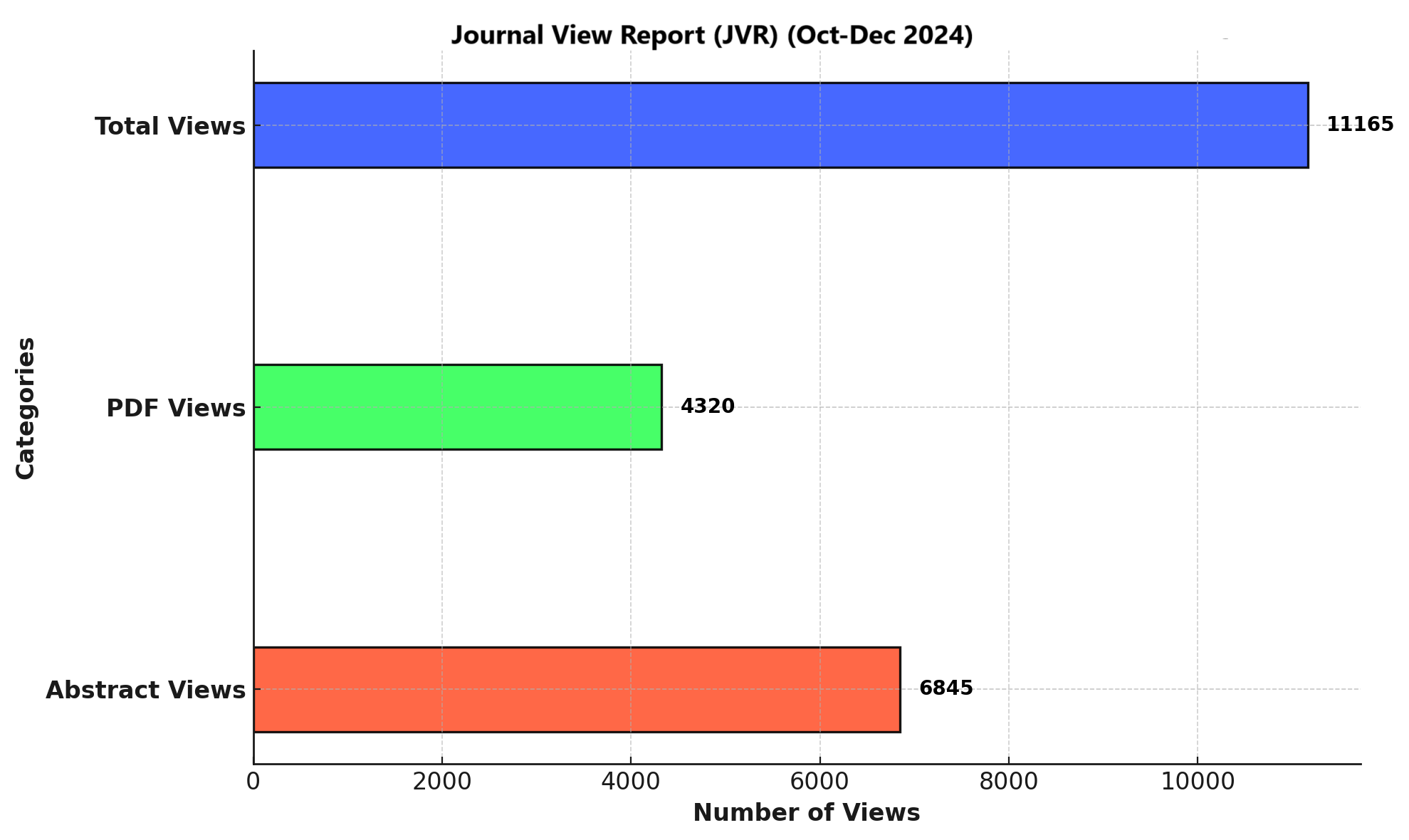PREVALENCE AND FACTORS ASSOCIATED WITH ANAEMIA IN FULL-TERM PREGNANT WOMEN AT A TERTIARY CARE HOSPITAL
DOI:
https://doi.org/10.71000/07mm5w61Keywords:
Anemia, Ferritins, Maternal Health, Parity, Pregnancy Complications, Pregnancy Trimester Third, Socioeconomic FactorsAbstract
Background: Iron deficiency remains the leading cause of anemia during pregnancy, a condition that poses serious public health challenges worldwide. The burden is particularly high in low- and middle-income regions, with the greatest prevalence reported in Africa and Southeast Asia. Anemia during pregnancy contributes to adverse maternal and neonatal outcomes, including low birth weight and preterm delivery, yet the underlying factors remain underexplored in many regional contexts.
Objective: To examine the frequency and associated factors of anemia among women with full-term pregnancies.
Methods: A descriptive cross-sectional study was conducted over six months (January–June 2022) at the Department of Obstetrics and Gynaecology, SMBBMU, Larkana. A total of 212 pregnant women with singleton, full-term pregnancies (gestational age 37–42 weeks) were recruited using a non-probability consecutive sampling technique. Data were collected on maternal age, gestational age, height, weight, BMI, parity, gravidity, hemoglobin levels, serum ferritin levels, previous history of preterm birth, booking status, mode of admission, educational status, residential area, and socioeconomic background. Statistical analysis was performed using SPSS version 26.0, and associations were assessed using Chi-square tests at a 5% level of significance.
Results: Out of 212 participants, 145 (68.4%) were anemic. The mean maternal age was 27.4 ± 2.45 years, mean BMI was 24.31 ± 1.61 kg/m², and mean hemoglobin level was 9.74 ± 1.46 g/dL. The mean gestational age was 36.2 ± 1.42 weeks. Significant associations were observed between anemia and booking status (p=0.02), education level (p=0.031), socioeconomic status (p=0.01), history of previous preterm birth (p=0.04), and low birth weight delivery (p=0.03).
Conclusion: A high prevalence of maternal anemia was identified, with significant associations observed with socioeconomic, educational, and obstetric factors. Focused antenatal interventions and nutritional education are crucial to reduce anemia-related risks in full-term pregnancies.
Downloads
Published
Issue
Section
License
Copyright (c) 2025 Paras, Shaista Hifaz Abro, Muhammad Parial Shahani, Lubna Naz (Author)

This work is licensed under a Creative Commons Attribution-NonCommercial-NoDerivatives 4.0 International License.







